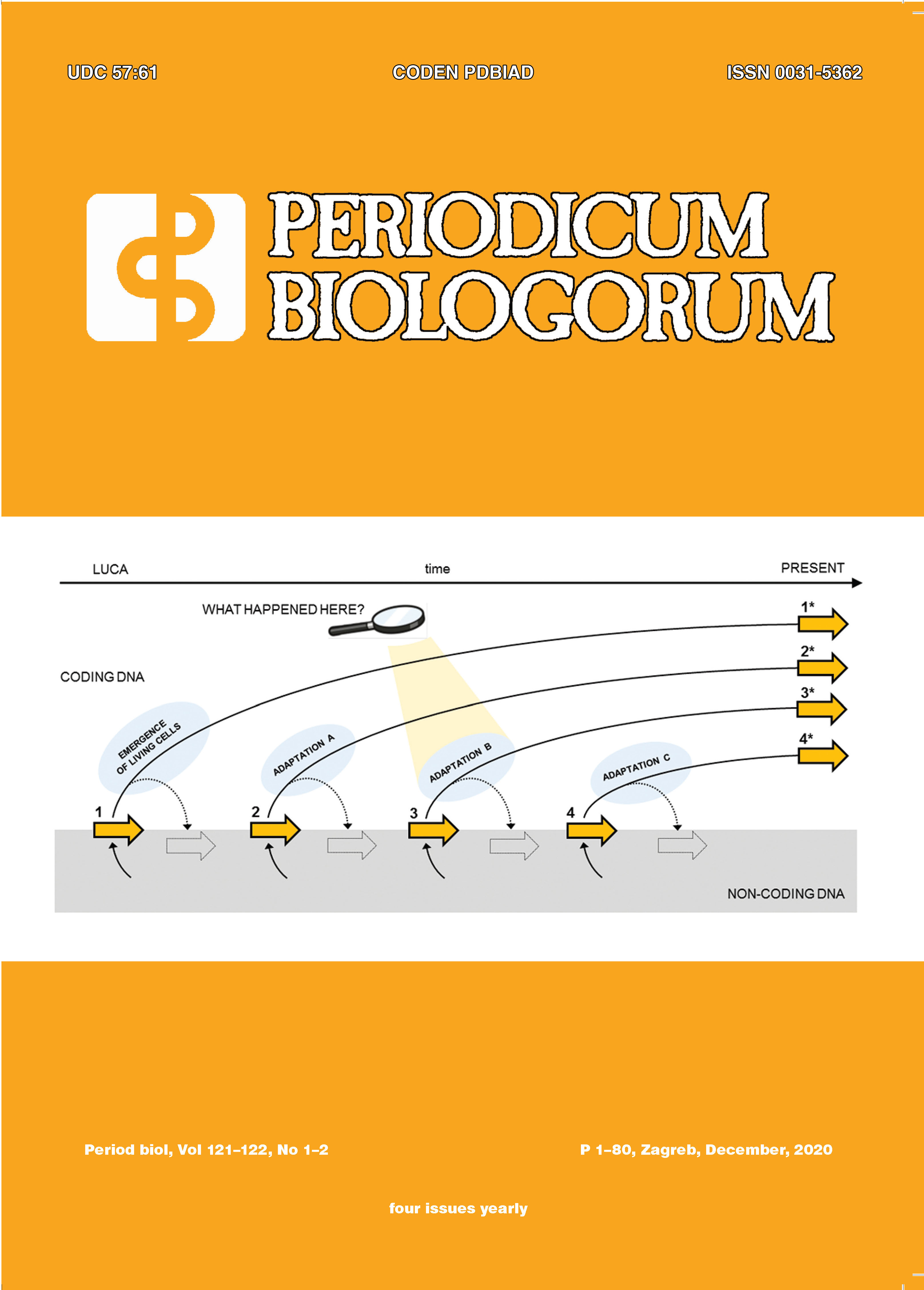Biological activity of monoquaternary ammonium compounds based on 3-substituted quinuclidine: A short review
Biological activity of quinuclidine compounds
DOI:
https://doi.org/10.18054./pb.v121-122i1-2.10603Abstract
Quaternary ammonium compounds (QACs) have a long-known application as antiseptics and disinfectants applied in various industries such as pharmaceutical, agricultural and food industry. Given the alarming number of QACs resistant bacteria, there is an urgent need to develop new QACs with broad-spectrum antimicrobial activities and low tendency to trigger bacterial resistance. One recently proposed approach to develop new QACs is based on quaternization of natural products, which proved to be successful. Quinuclidine is an interesting natural precursor find to be a part of the structure of biologically active cinchona alkaloids. In addition to the well-established medicinal and pharmaceutical potential of 3-substituted quinuclidines, QACs based on 3-substituted quinuclidines, have only recently been shown to exhibit a significant antimicrobial activity. Most importantly, these compounds exhibit low toxicity toward normal human cell lines, which opens up a new chapter in the QACs field ensuring further investigation of possible therapeutic application of 3-substituted quinuclidine based QACs.
Downloads
Published
Issue
Section
License
The contents of PERIODICUM BIOLOGORUM may be reproduced without permission provided that credit is given to the journal. It is the author’s responsibility to obtain permission to reproduce illustrations, tables, etc. from other publications.


